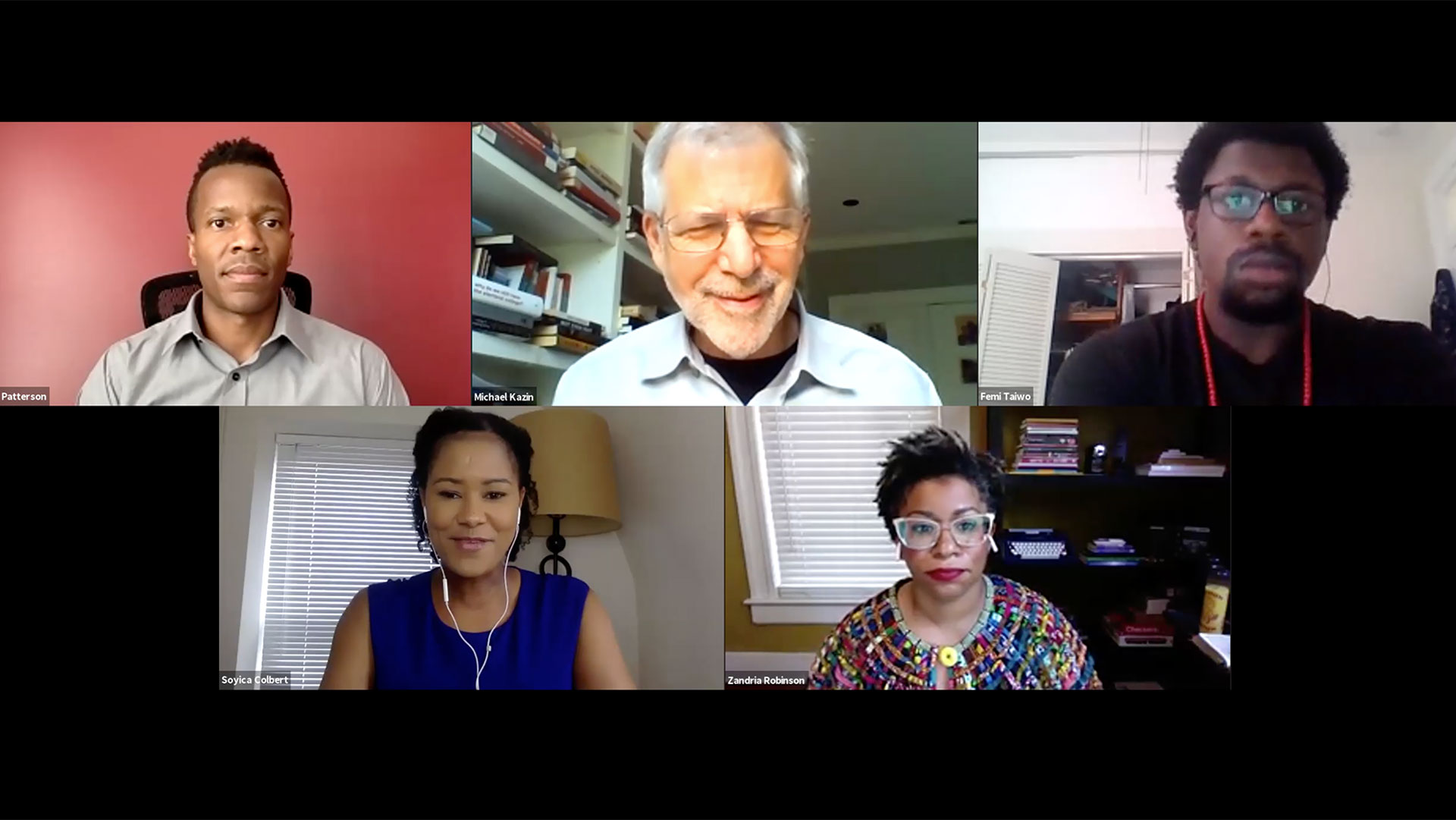College Hosts Virtual Teach-In, From COVID to Minneapolis: Structural Racism in America
The COVID-19 pandemic and killings of members of the black community at the hands of the police have again underscored the deeply entrenched racism in the United States. Georgetown College hosted a virtual teach-in featuring several faculty members from across disciplines to begin the hard work of “reimagining the social, political, economic, and moral structures to ensure justice for all,” as President DeGioia stated in his letter to the community.
“It pains me that we gather under the context of COVID-19 and the ongoing structural violence of anti-black racism,” says Soyica Colbert, moderator of the panel, Vice Dean of Faculty and Idol Family Professor in the Departments of Performing Arts and African American Studies. “But we are here in the tradition of teaching, as part of a social movement for change.”
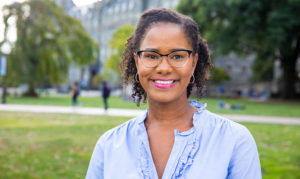
Soyica Colbert, Vice Dean of Faculty and Idol Family Professor in the Departments of Performing Arts and African American Studies
The Panel
Colbert organized the panel to better understand the history and contexts that animate the events unfolding in Minneapolis and throughout the country.
Panelists included Zandria Robinson, associate professor in the Department of African American Studies, Robert Patterson, professor in the Department of African American Studies, Olúfẹ́mi Táíwò, assistant professor in the Department of Philosophy and Michael Kazin, professor in the Department of History.
1968: The Changes Between Then and Now
Several comparisons have been drawn between the protests happening today and those that took place in 1968. Robinson says that both moments were proceeded by other uprisings in previous years.
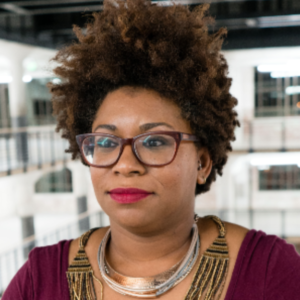
Zandria Robinson, Associate Professor in the Department of African American Studies
“We can think about the riots in Ferguson, Baltimore and cities across America in the last few years that happened in response to anti-black violence and brutality as being the same as those in the years leading up to the 1968 riots,” says Robinson. “The energy is similar: it is hopeful, rageful and it is desirous of change and reform and there is significant push back to that as well.”
Kazin said that one of key differences between this moment and 1968 are between the administrations as well as the views of white Americans in relation to the police.
“The administration back then under Lyndon Johnson was relatively liberal, today we have a conservative president,” Kazin says. “Additionally, there are more groups of people at these protests of different backgrounds than there were before.”
The professor also noted that a far greater number of white individuals are in opposition to police brutality and support the protests than in the sixties.
While both movements have called for the eradication of racism, Patterson notes that one of the greatest differences between today’s protests and those of the past is the shift from fighting explicitly to implicit racism.
“One of the goals of the Civil Rights Movement was the eradication of Jim Crow segregation that had been legalized and popularized through Plessy v. Ferguson,” says Patterson. “The movement towards civil rights was always about more than just the judiciary, but the judiciary itself became the main venue of the place by which to obtain ‘equality’”.
He explains that with the passing of the 1964, 1965, and 1968 Civil Rights Acts, the legal removal of overt discrimination was achieved, but covert racism remained.
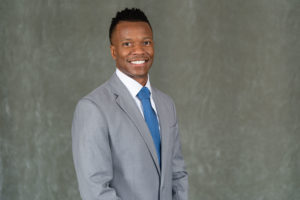
Robert Patterson, professor in the Department of African American Studies
“There is some thinking that with the stroke of the pen and signing of the legislation, the cumulative effects of that discrimination is eradicated and a level playing field is just created through the law,” says Patterson. “The laws were changed but did not undo the feelings of anti-black racism as they were implemented in one-on-one interactions and institutions. In the past, you could fight against laws; now you don’t have explicit forms because it is harder to fight against.”
Táíwò added that in the decades since 1968, there has been a “rapid expansion in structural forms of legislation and alignment of incentives that encourage militarization of the police and mass incarceration, both of which might not seem non-discriminatory, but both function in anti-black fashions.”
“The militarization of the police and mass incarcerations are a bi-partisan effort,” says Táíwò. “The fact is at the nation’s state and local levels, all of these policies have been administered in red, blue and purple states. State violence has no opposition party.”
Thinking Geographically

Olúfẹ́mi Táíwò, assistant professor in the Department of Philosophy
The killing of George Floyd sparked national and international outrage, leading to protests across the country. Robinson says that it is important to think about what is happening in individual communities and what comparisons can be learned from the shared experiences of black people.
“Individual places matter: Memphis is not Chicago or Detroit,” Robinson says. “But it is important to think about the similarities in these areas, particularly when we think about the tensions due to the pandemic disproportionately affecting black people, black individuals being pushed out of their homes and having anti-black police violence happening at the same time. Black people are experiencing anti-blackness the same regardless of the location.”
Robinson also notes that gentrification is something that should actively be thought of as a form of violence.
“Black individuals are being pushed out of their homes cities like Washington, D.C., which has turned from a chocolate city to a latte city,” says Robinson. “This is something we are seeing across the country.”
The Media Then and Now
Since the 1960s, the media has grown and evolved to include social media that utilizes frequent photography and videography. While these advances are allowing people to witness what is occurring, it has not necessarily changed the media for the better. Patterson explains that there was a belief during the Civil Rights movement that if protesters or individuals had access to video evidence, then they would be able to prove their case against police brutality.
But Patterson argues that “social media has shown that evidence doesn’t matter.”
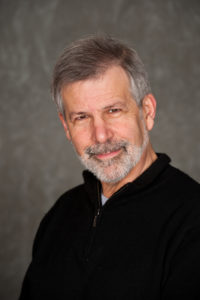
Michael Kazin, professor in the Department of History.
“On the one hand, social media had done the important role of unearthing this violence and making it more visible,” Patterson says. “But at the same time, it has functioned to show that that evidence does not matter and that is partial because there is this ongoing decriminalization and dehumanization of black people.”
Robinson adds that this is not surprising as there have always been witnesses who have been ignored.
“My cousin was killed at 16 by a police officer,” Robinson says. “They told us that he attacked them, but the autopsy revealed that he was shot in the back as he fled, which is what eyewitnesses had told us had happened.”
“The live witnesses in the past have not been believed in the same way the camera is not believed now,” she adds.
One way that media has changed, particularly due to COVID-19, is that people are being inundated with news constantly.
“People are seeing images of black people and anti-black violence throughout the entire day, not just at 8:00 p.m. when they watch the news,” Patterson explains. “That is because of advances in technology and social media, but also is due to the pandemic and people being in their homes more than they normally would.”
This increased exposure through social media has made things such as coordinating and organizing social movements much easier. Kazin says that this “protest repertoire is similar in ways to what happened in 1968.
“People want to be together despite the coronavirus: they want to go to public places, they want to confront the police and say it is not their city,” Kazin says.
But he noted that it was also different since viewers tend to select their media outlets based on ideological leanings, which was not the case in the 1960s.
Continuing Progressive Thought
Táíwò noted that while it is important to think about actions to take in the present, it is crucial to begin thinking about long-term solutions to maintain momentum for the future. One of his suggestions is to consider community control over the police as opposed to defunding the police.
“The police budgets are actually a symptom of a deeper problem, which is the political alignment of the people who are supposed to be regulating the police and stopping them from committing violence and the people who enable them to do those things,” Táíwò says. “…There is complete collusion between the people who service police departments and prisons and the lawmakers who are supposed to be preventing these institutions from committing abuses.”
The second issue that Táíwò raises is how to achieve the bargaining power to accomplish community control. He suggests adopting a method called bargaining power for the public good which has been adopted with success by some organizations.
“These are the things that we need to be thinking about if we want to genuinely confront institutions and confront institutions in the only language they understand, which is power,” he concludes.
Robinson also encourages listeners to think creatively and come up with innovative solutions to these problems.
“I think as much as we know that there are constraints within our current political system, we must employ a radical imagination.” she says.” You have got to imagine something far beyond what you have imagined before because that it is how it has happened in previous times.”
Christopher Celenza, dean of Georgetown College, wrote in an address to the community that “while we may not all be in the same boat, we are in the same storm.”
“The pandemic draws attention to persistent structural inequalities in our nation that we must work to address,” he says. “In the last month, the killings of Ahmaud Arbery, Breonna Taylor, George Floyd and Tony McDade have highlighted the persistence of racism in our society. We mourn with their families and all who have been impacted by these deaths.”
-by Shelby Roller (G’19)
